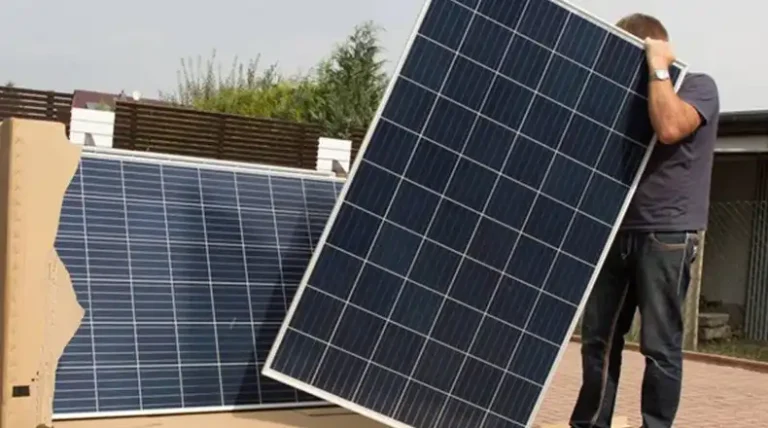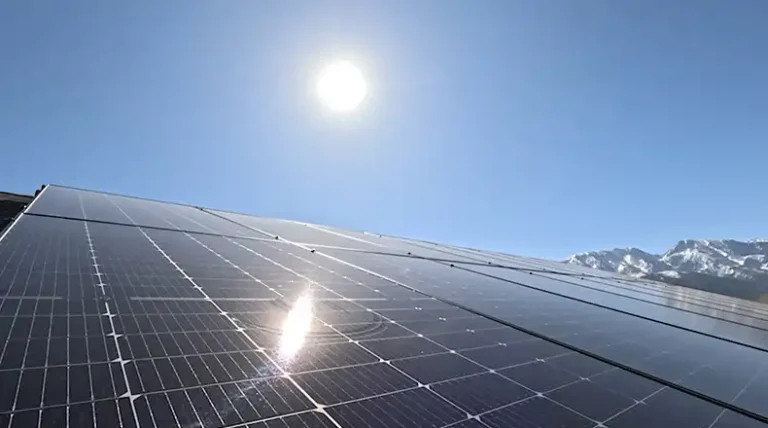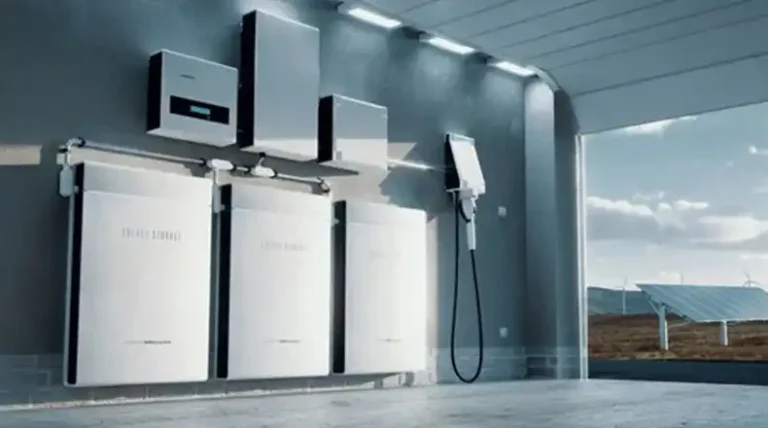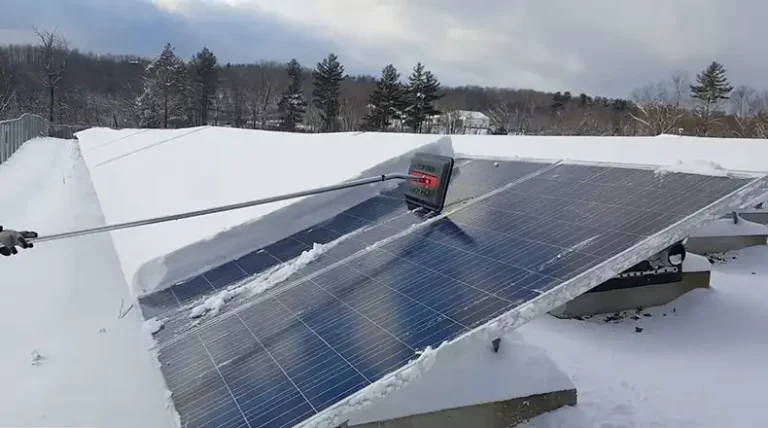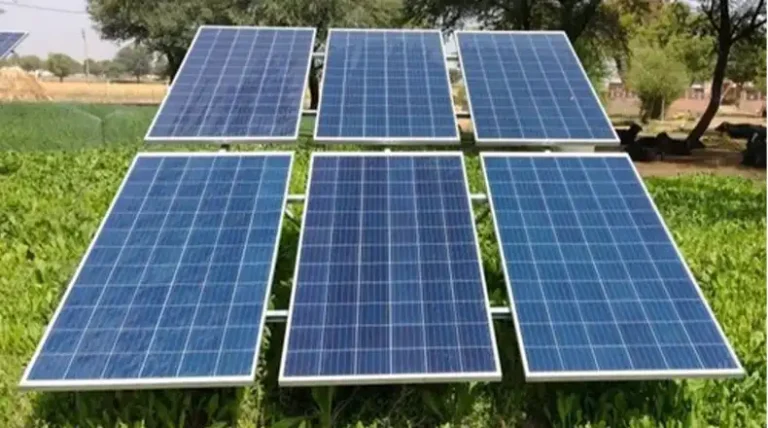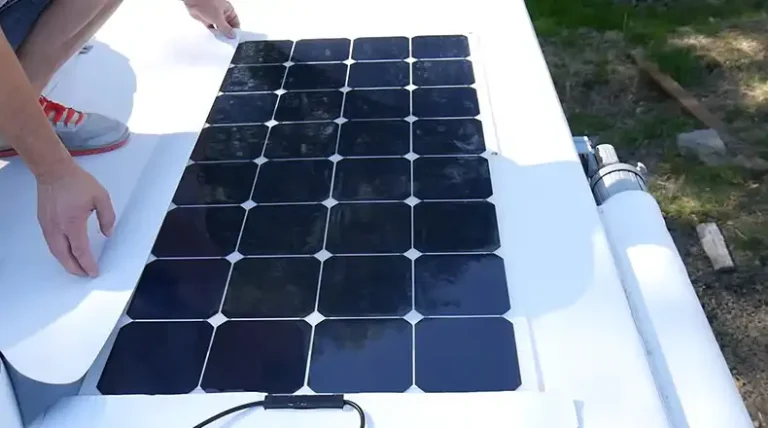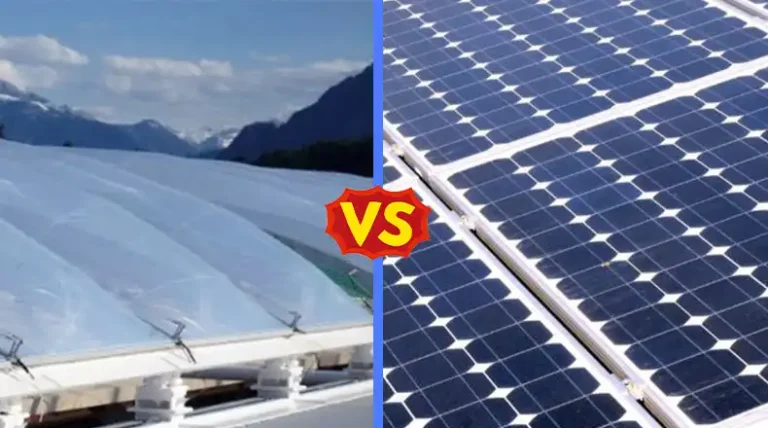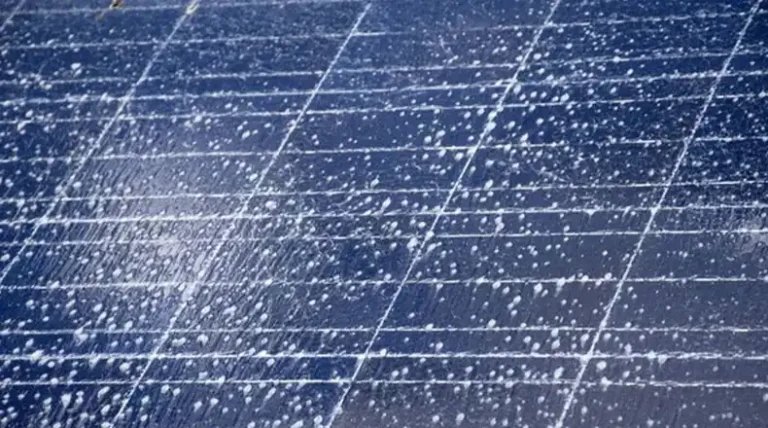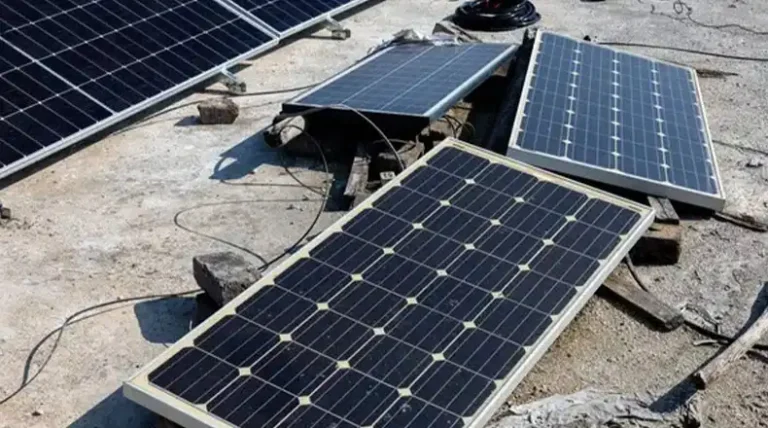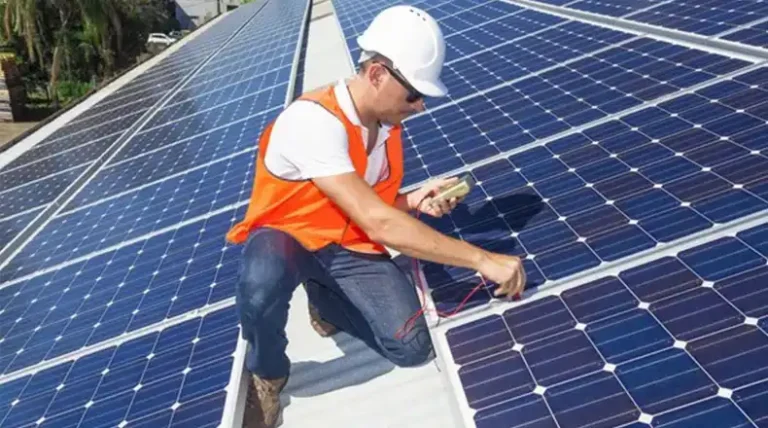How to Protect Solar Panels from Damage During Transit? Explained
Solar panel transportation is a critical phase in the renewable energy supply chain. Statistics show that almost 5% of panel damages occur during shipping and transportation. As a solar business professional with over a decade of experience, I’ve seen firsthand the impact of damaged panels arriving at job sites. It’s not just a financial setback;…

